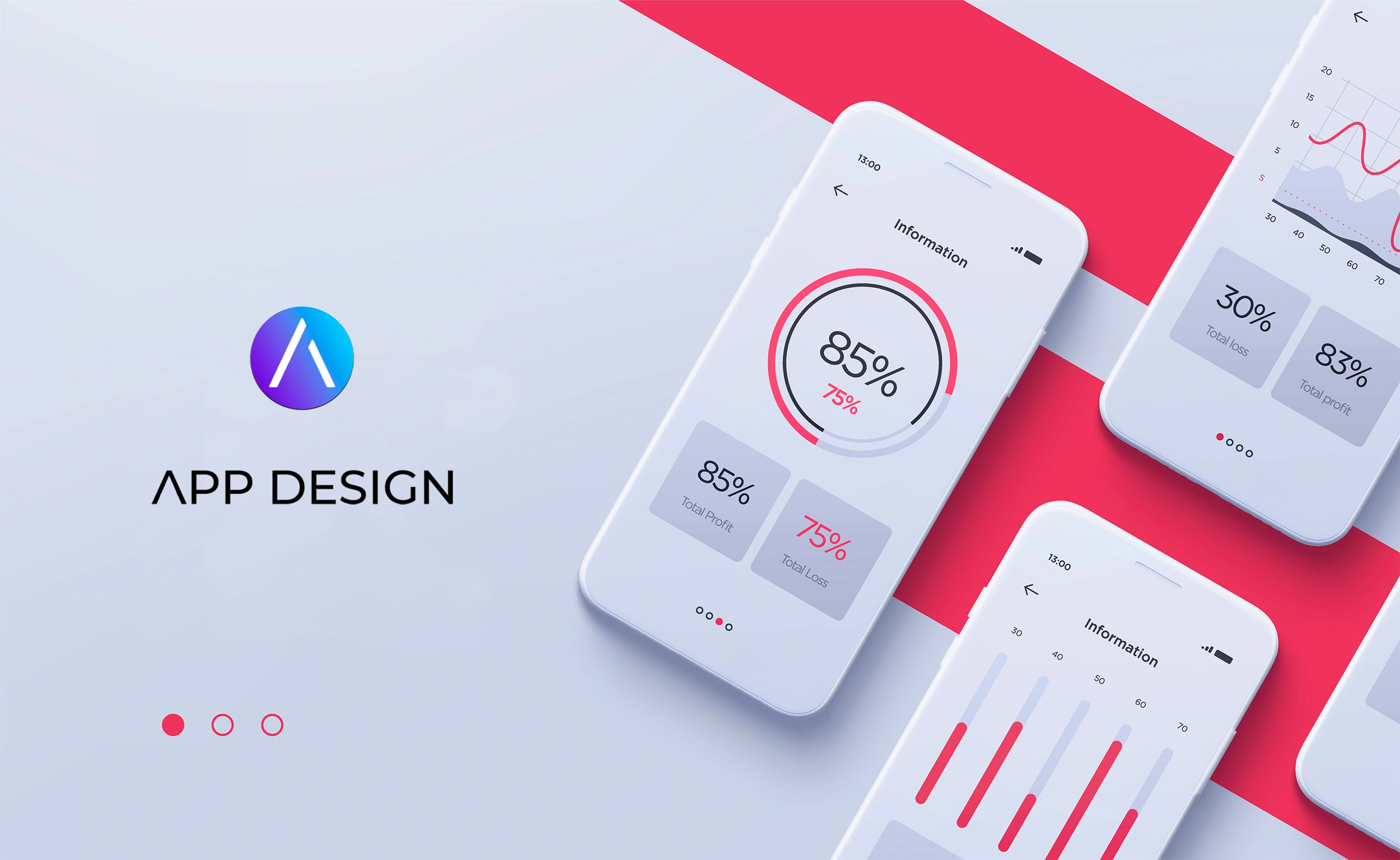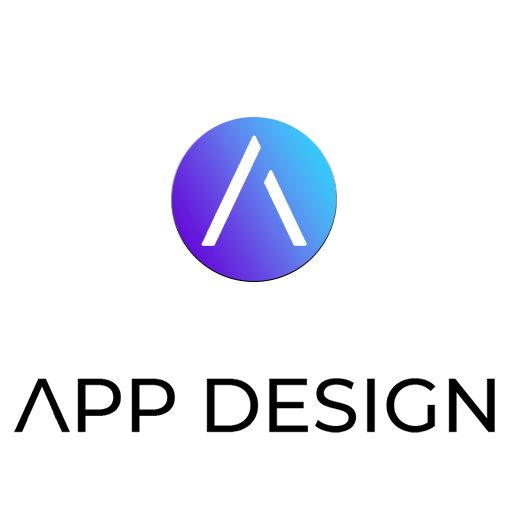
Today, mobile applications are essential to many people around the world. From social networks to banks, their development is a constantly growing industry. If you want to create an app, follow these steps to understand how to create it and take your first steps in this world:
- Define the purpose of the application.
- Identifies users and their needs.
- Analyzes the requirements.
- Design the user experience.
- Develops the software.
- Performs quality tests.
- Launches the application to the market.
- Maintain and update the application.
- Implements security measures.
- Monitor and analyze the application.
In this digital era, application development has become more accessible thanks to tools and resources that facilitate the process. In this article, we will give you some steps that will help you understand how to create an application so you can take your first steps in this fascinating world.
How to develop an application: Phases in the creation of an app
The development of an application involves several steps that must be carefully followed to ensure its success. The following is a detailed description of the application development process:
1. Definition of the purpose of the application
At this stage, the objective of the application is defined, i.e., what the application is expected to do for its users. It is important that this objective is well defined to guide the entire development process.
The research and planning phase is crucial to the success of the project. At this stage, our team meets with the client to discuss their business objectives and needs. We also conduct extensive market and competitive research to identify best practices and current trends. With this information, we develop a detailed plan for the project.
2. Identification of users and their needs
At this stage, it is necessary to define who the users of the application will be and what their needs are. Market research and competitive analysis should be carried out to identify the opportunities and challenges that the application will face.
3. Requirements analysis
In this stage, user needs and requirements are defined, which will allow designing the functionality of the application. The requirements must be clear and detailed to facilitate the work of the development team.
4. User experience design
In this stage, the overall structure of the application is created and the user experience is defined. Navigation, workflow, visual design and information architecture must be considered. Designers often create sketches and prototypes to test the usability of the application.
At this stage, our team of graphic designers and user experience designers work together to create an engaging and user-friendly user experience. We create design sketches and prototypes so the client can see what the final application will look like.
5. Custom software development
In this stage the source code of the application is written. It is important to select an appropriate programming language and use efficient development tools to speed up the process. All application components must be tested and debugged to ensure that they work correctly.
Once the application design has been approved, our team of mobile application developers begins working on the creation of the application. During this stage, we use the latest technologies and tools to ensure that the application is developed efficiently and effectively.
6. Tests
In this stage, quality tests are performed to ensure that the application meets the requirements defined in the analysis stage. The functions and features of the application must be tested, as well as its performance and security.
Once the application build is complete, a series of tests are performed to ensure that everything is working properly. Our QA team performs extensive testing to ensure that the application is secure, reliable and error-free.
7. Launch
Once the application has been tested and approved, it is launched to the market. Marketing and promotional campaigns must be prepared to make the application known to users and ensure wide adoption.
Once testing has been completed and quality assured, the application is ready for launch in the app stores. Our app launch team works with the client to ensure that the app launch goes smoothly.
8. Maintenance and updating
The final stage is the maintenance and updating of the application. Developers must be attentive to user feedback and suggestions, as well as market trends. Improvements and bug fixes should be implemented, and periodic updates should be released to keep the application relevant and attractive to users.
After the launch of the application, our maintenance and support team continues to work with the customer to ensure that the application stays up to date and runs smoothly. We also provide ongoing technical support and troubleshooting should problems arise.
9. Implementation of security measures
During the development and before the launch of the application, security measures must be implemented to protect user information and avoid any type of vulnerability in the application.
10. Application monitoring and analysis
Once the application is launched, its use should be monitored and analyzed to identify areas of improvement and detect problems. This will allow you to take action and make adjustments to improve the user experience and ensure the long-term success of the application.
In summary, the application development process is a complex process involving several stages that must be carefully followed to ensure the success of the application. Each stage of the process is crucial to the ultimate success of the application and requires careful planning and attention to detail. The end result must be an attractive, useful and relevant application for users.


